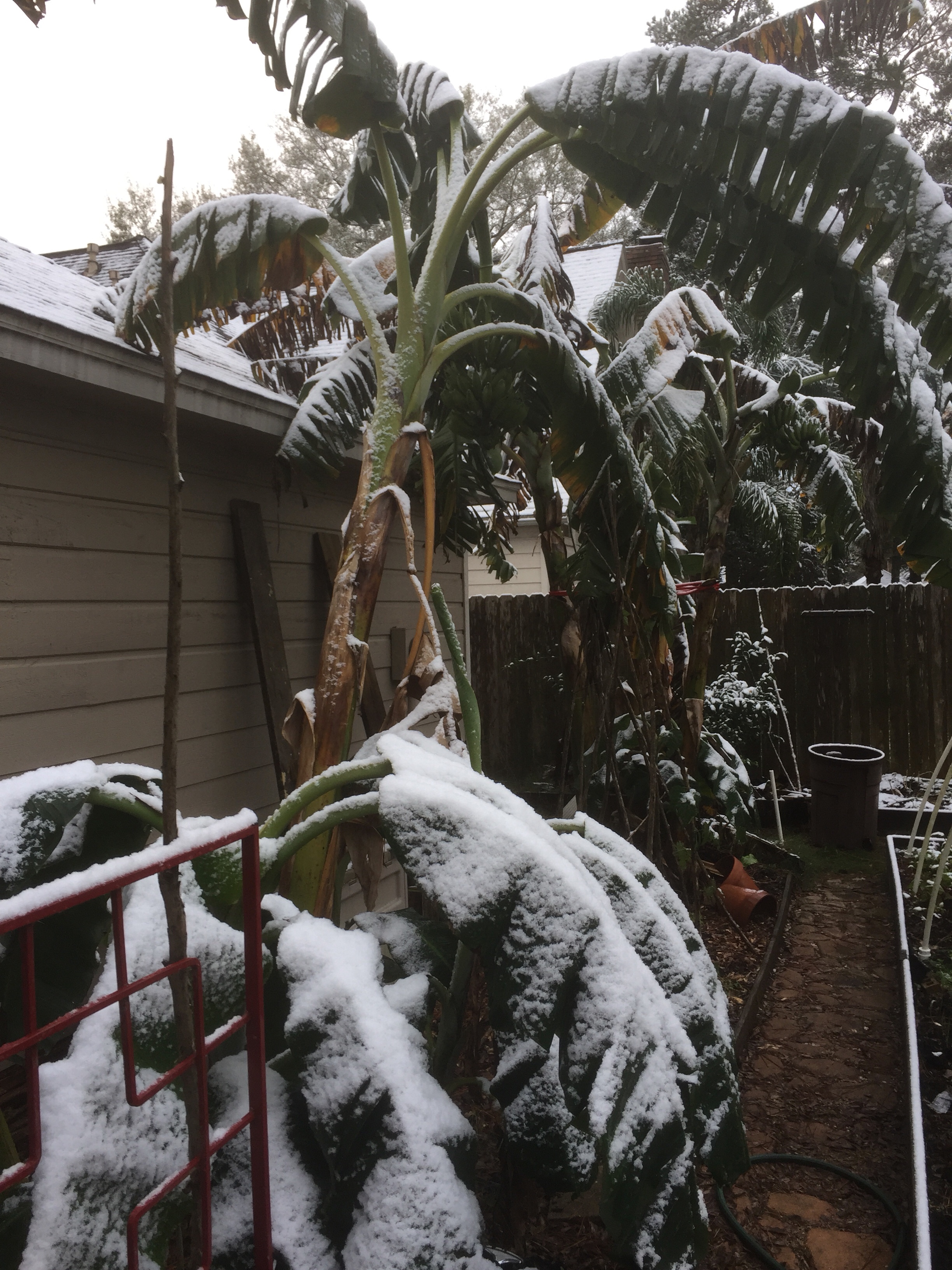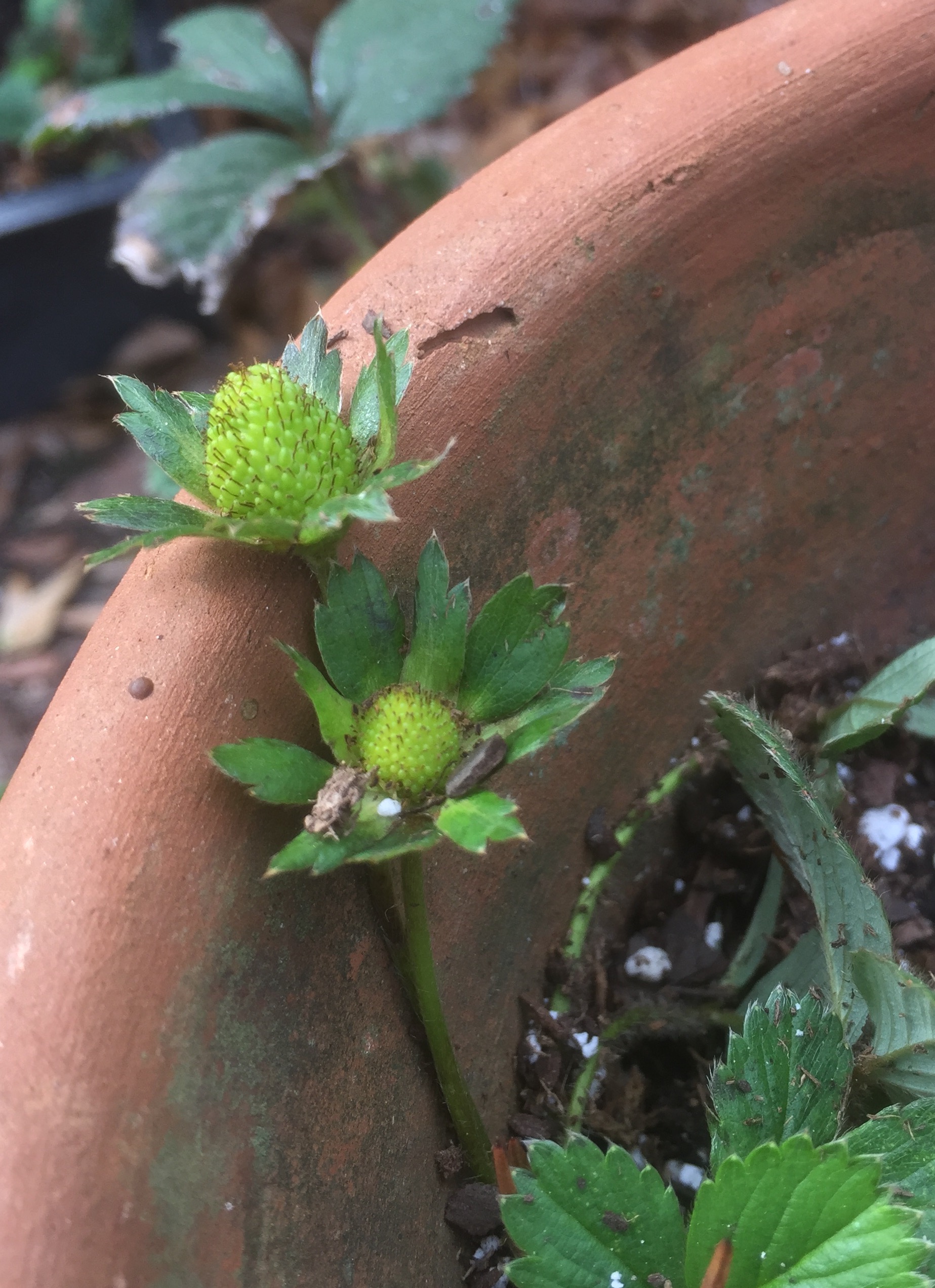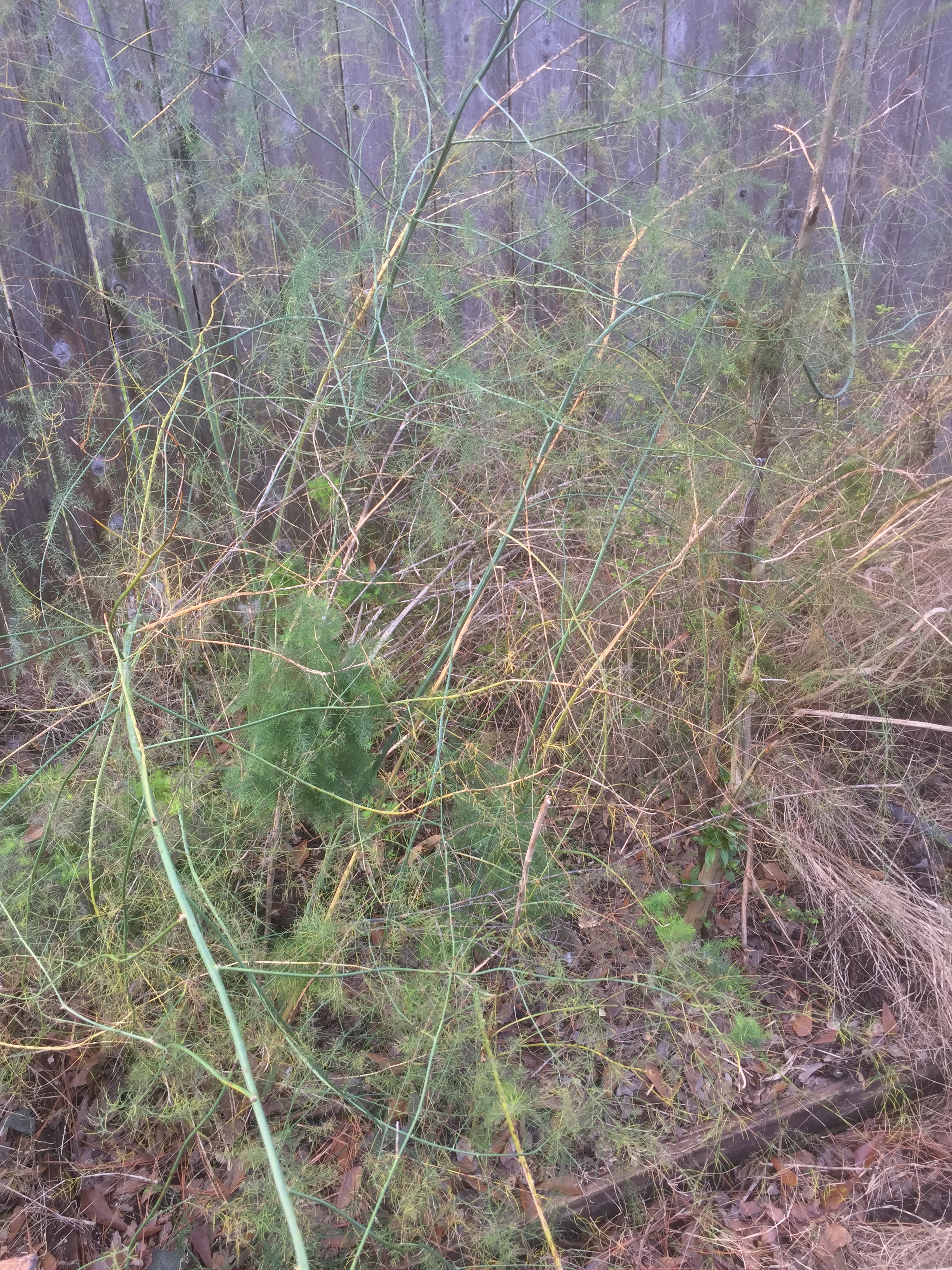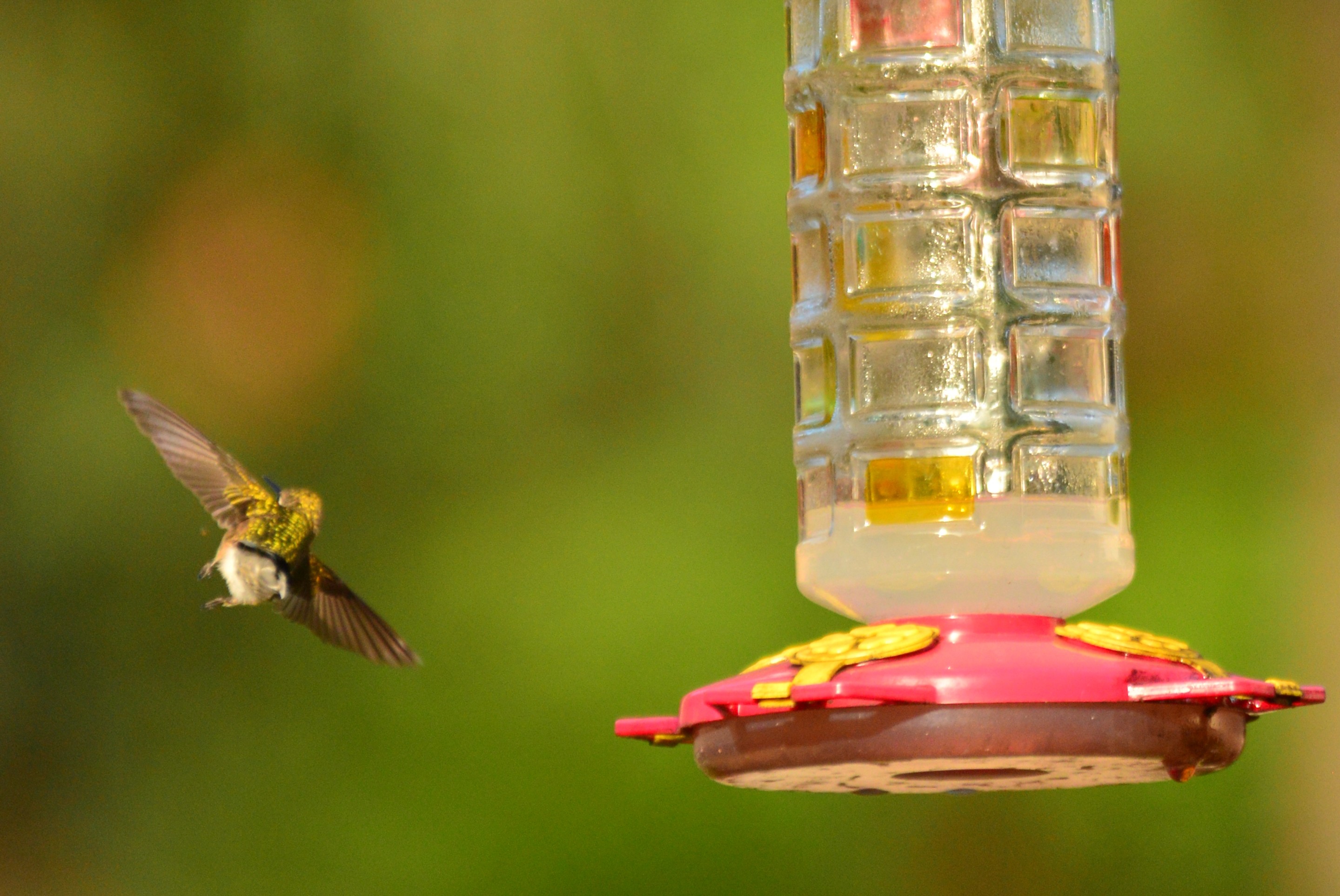The lazy approach to this post. I have made jam from Texas wild dewberries and jelly with wild plums. I and anxious to add a jam or jelly from each to the wild Texas offerings from below. This is an article from Texas Parks and Wildlife, link included.
Use Texas’ bounty of native fruits for your next pie or jelly.
By Dyanne Fry Cortez
Illustrations By Clemente Guzman
http://tpwmagazine.com/archive/2013/aug/ed_3_wildharvest/
I still recall the summer I discovered mustang grapes.
I was 18 years old, working in a Youth Conservation Corps camp at Inks Dam National Fish Hatchery. One of our projects was clearing undergrowth from the Colorado River bank west of the rearing ponds.
When we started, the place was a jungle. It had huge, lovely shade trees, but they were hard to find in the tangle of weeds, shrubs and vines. Any visitor who wanted to bushwhack a path to the water risked a run-in with poison ivy. Within a week, nearly everyone on our crew had a rash.
Less hostile, but equally abundant, were the gray-green, heart-shaped leaves and twisty, grooved wood of wild grapevines. I’d seen them before (they’re everywhere in the Hill Country) but didn’t know they actually produced grapes until I glanced at a vine we’d just chopped down with our loppers and pruning saws. It was loaded with small clusters of round, deep-purple fruit.

Mustang grapes make a zingy grape jam.
Assured by a supervisor that they were safe to eat, I picked one and gave it a try. Extremely tart, but it had a definite grape flavor. Within the fleshy outer skin, a sweetish blob of white pulp enclosed several seeds. I looked up and saw more grapes hanging in the trees. Not the kind of thing you’d eat by the handful, but they were so pretty. In my teenaged, tree-hugging heart, I just knew they had to be good for something.
On my next off-duty afternoon, I “rescued” a tub of mustang grapes from the riverbank and dropped them off at my mom’s house in Burnet. When my summer gig ended, I came home to jars of zingy grape jam.
Since then, I’ve spent many a July day in search of wild grapes. Along the way, I’ve gotten acquainted with dewberries, agarita berries and prickly pears. There are wild fruits all over Texas. Finding them, gathering them and turning them into something good to eat add up to a great recipe for connecting with the outdoors.
Free food, you say? I wouldn’t call it that. Some wild fruits grow in inconvenient places. Many are armed with thorns or other natural defenses. Some seasons produce abundant crops; other times, it takes a lot of foraging to gather a batch. And some harvests are followed by days of work in the kitchen.
Maybe it’s the challenge that attracts me. Or maybe that first spoonful of mustang jam gave me a lifelong taste for untamed flavor. Here’s a sampling of what Texas has to offer.
Agarita (Mahonia trifoliolata)
Range: Edwards Plateau and Trans-Pecos, may appear in other areas
Harvest time: May to early June

Agarita
With sharp-pointed leaves and red berries, this hardy shrub resembles a holly, but actually belongs to the barberry family. Agarita grows under oak and elm trees, along fencerows and at the edges of wooded areas. Plants that get sun at least part of the day are more likely to produce fruit.
Picking agarita fruit is hard work. The berries are small, a quarter-inch or less, and well protected by the prickly foliage. My favorite way to harvest them is to spread a sheet on the ground and whack the bush with a broom handle or other suitable stick. Scraping branches with barbecue tongs works, too. You’ll lose some fruit in the dirt (but they’ll be enjoyed later by wild creatures), and you’ll get a lot of leaves and twigs mixed in with your harvest.
Back home, I dump the whole collection into a large cooking pot, fill it with water, and let it sit for several hours. Leaves and dirt sink to the bottom; berries float to the top, where I can scoop them out with a strainer. That’s the idea, anyway, and it sort of works. If I spend half a day picking and wind up with two gallons of cleaned fruit, I feel as if I’ve done well.
Agarita makes a pretty red jelly with a flavor all its own. I’ve also seen recipes for a sweetened juice cooler and an agarita wine.
Dewberry (Rubus trivialis)
Range: East and Central Texas, coastal river valleys
Harvest time: May

Dewberries
Dewberry is a wild blackberry that grows on a low, trailing vine. Its thorny stems and white, five-petaled flowers mark it as a member of the rose family. Berries start out green, then turn red, but are sweetest when they’re black and fully ripe. This is one wild fruit that’s good to eat right off the vine. It’s also good for pies, cobblers and preserves.
Botanist Scooter Cheatham, director of Useful Wild Plants Inc. and lead author of its multivolume encyclopedia, offers this tip for Texas wild harvesters: “When the dewberries are ripe, the green [mustang] grapes are coming along. If you can’t find enough dewberries, put in an equal amount of green grapes, and it makes a scrumptious cobbler.”
Mustang Grape (Vitis mustangensis)
Range: Eastern two-thirds of state
Harvest time: May through July
Several species of wild grapes are native to Texas. The tart, highly acidic mustang grape is the most common. It climbs trees and drapes itself over fences. Large, old vines can be found in wooded areas. I’ve gone hunting many times and found a good bit of fruit hanging too high to pick, even with a good ladder. When they’re within reach, grapes are easy to harvest. Pull them off the stem one by one, or clip clusters with a small pair of garden shears and remove the stems later. Wear latex gloves: the acid in the fruit can irritate skin and leave hands itching for days.
Guten Appetit!, a cookbook published by the Sophienburg Museum in New Braunfels, offers this advice on picking green grapes for preserves or cobbler: “Use grapes that are not mature, about the size of an English pea and before the seeds are hard.” For my own jam, I wait until they turn purple in July.
Other Vitis species grow in various parts of Texas. Wherever you live, there’s probably a vine nearby that could provide fruit for jam, jelly, cobbler or wine. All of our native grapes are dioecious, producing male and female flowers on separate plants. Only female vines will bear fruit.
Western Mayhaw (Crataegus opaca)
Range: East Texas near Louisiana state line
Harvest time: April through May

Western mayhaw
Mayhaw is a type of hawthorn, a small to medium-sized tree that flowers in spring and produces a cranberry-red fruit. It grows in acid soil along rivers and sloughs, often standing in shallow water, but will also grow on dry land. Jim McNeill, a jelly maker of long experience, had a grove of large mayhaws at his home in Nederland.
“They were probably in excess of 75 years old, but Hurricane Ike flattened them,” he says.
The fruit falls off when it’s ripe, and mayhaw pickers harvest it from the ground. McNeill would spread a sheet under his trees, catching the fall over several days. If spring rains come at the right time, some locals gather the fruit by taking boats up the backwater sloughs. Rising water lifts fruits that have fallen at the river’s edge, and people scoop them up with nets.
McNeill uses a three-pot steamer system to extract juice for jelly. “Raw mayhaw extract is so bitter it would roll your tongue,” he says, “but the jelly is tops, I gotta say. It’s about the best, other than maybe fig preserves.”
Texas Persimmon (Diospyros texana)
Range: Central and South Texas, Coastal Plains and Big Bend area
Harvest time: Fall

Texas persimmon
A small tree with attractive peeling bark, Texas persimmon produces black, tomato-shaped fruits about an inch across. As with the wild grapes, fruit appears only on female trees. Common persimmon (D. virginiana) grows in East Texas and makes a slightly larger, orange-colored fruit. Persimmons contain high levels of tannin and are not fit to eat until they fully ripen, begin to wrinkle and go soft.
“When they look bad, they’re actually good,” reports Scooter Cheatham.
Ripe fruit can be eaten fresh or baked into puddings and breads. I’ve seen recipes for persimmon jelly, but never had much luck getting it to jell.
Plums (Prunus species)
Range: Statewide
Harvest time: July through September

Plums
Texas is home to several species of wild plums. The most common, perhaps, is the Chickasaw plum (P. angustifolia), a small tree that forms thickets on prairies and savannahs from East Texas to the Rolling Plains. The rose-colored plums can be picked and eaten right off the tree. Mexican plum (P. mexicana) trees grow larger, up to 35 feet, and are more likely to be found scattered among other trees in riparian woodlands. Its purple fruit is less palatable on its own, “but it makes wonderful preserves,” Cheatham says.
Prickly Pear (Opuntia species)
Range: Statewide
Harvest time: Late summer to fall

Prickly pear
It may take an expert to identify the particular species, but most Texans know a prickly pear when we see one. The plants produce showy flowers that mature into cylindrical fruits known variously as pears, cactus apples or tunas. The flattened stems are usually armed with wicked spines. The tunas have spines too: clusters of tiny stickers called glochids, more treacherous because they’re so easily overlooked. Tunas can be eaten fresh, but take care to peel them first.
When harvesting prickly pear tunas, it’s best to wear protective gloves, long pants and boots. Katy Hoskins, who grew up in the Trans-Pecos area and now lives in Sweetwater, uses barbecue tongs to pick tunas off the plant.
“Then I hold them with a meat fork and use a hand-held propane torch to sear off the spines,” she says. Prickly pear fruit makes a hot-pink jelly, a syrup for flavoring candy and drinks or a wine that turns golden yellow after a few months on the shelf.
The Responsible Gatherer
You don’t need a hunting license to stalk wild fruit. However, some practices followed by good hunters apply to gathering as well.
Know your target. Just like shooting the wrong bird can get you a stiff fine, sampling fruit from the wrong plant can make you sick, or worse. Don’t eat anything you can’t identify.
Respect the resource. Birds and wildlife eat wild fruits, too, so don’t take more than you can use. And don’t gather fruit or seeds from rare, threatened or endangered species.
Be careful where you pick. It’s against the law to collect plants or plant parts in state and national parks. Parks run by local governments may have similar rules. Picking on public roadsides is not recommended because of safety concerns. Your best bet is to collect on private property, with permission. If you don’t find any of these plants at your own place, check with a friend or relative who owns some land. Many people lack the time and inclination to harvest their own wild fruit, and are happy to let someone else do the work — especially if they get a pie or a jar of jam as part of the deal.
Recipes
Wild Plum Jelly
(From Janell Turner of Claude)
5½ cups prepared plum juice (see below)
6½ cups sugar
1 box Sure-Jell Fruit Pectin
½ teaspoon butter or margarine
Start with about 5 pounds of plums. Remove pits; do not peel. Put in pot with 1½ cups water and cook until tender. Mash through colander to strain. Bring juice to boil, reduce heat, cover and simmer 10 minutes, stirring occasionally. Measure 5½ cups juice into 6- or 8-quart saucepan. Measure sugar into separate bowl. Stir pectin into juice. Add butter. Bring mixture to full rolling boil on high heat, stirring constantly. Quickly stir in all sugar. Bring back to full rolling boil and boil exactly 1 minute, stirring constantly. Remove from heat, skim off any foam with metal spoon. Ladle quickly into prepared jars.
Persimmon Chiffon Pie
Graham cracker crust
1 cup persimmon pulp
4 eggs, separated
1/3 cup and ¼ cup sugar
1 envelope unflavored gelatin
¼ tsp salt
Beat pulp and egg yolks together. Mix 1/3 cup sugar, gelatin and salt in saucepan. Add pulp and yolk mixture to saucepan. Cook and stir until mixture just comes to a boil. Remove from heat and cool, stirring occasionally, until mixture mounds up on a spoon. Beat egg whites until they form soft peaks. Add ¼ cup sugar and continue beating until stiff peaks form. Fold in the cooked persimmon mix, pile into graham cracker crust and chill.
Online Extra: More Recipes
About jellies and jams
When great-grandma made jelly, she cooked it until it jelled using the natural pectin in the fruit. That’s possible with many of the fruits mentioned here, but it’s tricky. When I’ve faced chiggers, rattlesnakes and Texas heat to harvest my fruit, I don’t take chances in the kitchen: I use powdered pectin (Sure-Jell and other brands). The basic cooking and canning instructions are in the box, so the recipes in this section won’t go into detail about that.
The challenge is getting your harvest to the cooking stage, then figuring out the right proportions of fruit, pectin and sugar – because the recipes in the box usually aren’t written for wild fruit.
Agarita Jelly
Place cleaned berries in a large pot and add enough water to cover fruit. Cook until berries start to pop open, or until they appear tender when pressed against the side of the pot with a spoon. Pour fruit and water into a jelly bag and let it drip overnight. It’s okay to squeeze the bag once or twice, gently. Combine one box of pectin with 6-1/2 cups juice and 7 cups of sugar.
Dyanne’s Low-Sugar Mustang Jam
I’ve made grape jam according to a standard Sure-Jell recipe (5 cups grapes, 7 cups sugar), but sometimes I like to dial back the sweetness and let the tart flavor really come through. This requires specially formulated pectin. It’s a little harder to find: look for a box labeled “light”, “low-sugar” or “no sugar.”
Wash grapes, add water to pot and boil for an hour or so. Pour mixture into a sieve and stir vigorously, forcing through quite a bit of pulp along with the juice. Discard seeds and leftover skins. Use one box low-sugar pectin, four cups pulverized fruit and 2-1/2 cups sugar.
Mayhaw Jelly
(Gail Smith, Harvest Time Farm Stand, Canyon Lake)
Cook mayhaw fruit, mash and strain. Use 4 cups juice to 1 box pectin and 5 cups sugar.
Prickly Pear Jelly
(Reprinted with permission from Native Plant Society of Texas News, July/August 1988)
Rub fruit with a heavy cloth to remove the tiny bristles. Or, better still, hold it over a flame and burn the bristles off. Wash and slice the fruit into a saucepan, then add 2 cups water for each cup of fruit. Cook until soft – don’t hurry! – and strain the juice through a jelly bag or several thicknesses of cheesecloth.
For jelly, use:
3 cups prickly pear juice
½ c lemon juice
1 package pectin
4-1/2 c sugar
Marmeladenkuchen (Marmalade Cake) with Green Grape Preserves
(From Guten Appetit!, Courtesy of Sophienburg Museum, New Braunfels)
Preserves
Pick stems and wash grapes (use grapes that are not mature, about the size of an English pea and before the seeds are hard). Put in large kettle with sugar, a pound of sugar for each pound of grapes. For 5 pounds of grapes, add 2 cups of water. Gently boil until a dark red in color, about 3 hours, stirring often. Pour into sterilized jars and seal.
Cake
1 cup butter
2 cups sugar
¾ cup milk
4 eggs
3 cups flour
2 tsp. baking powder
1 tsp. vanilla
Pinch of salt
Topping
4 eggs
1-1/2 cups sugar
1 tsp. vanilla
2 cups pecan bits
Marmalade – 1 pint green grape preserves (see above)
Cream butter and sugar together; add eggs one at a time and beat. Add milk that has been combined with vanilla, alternately with flour which has been sifted together with salt and baking powder. Pour into a greased and floured pan (9” x 13” x 2”) and bake at 325 degrees for 35 to 30 minutes.
While cake is baking, prepare topping. In large mixing bowl, beat eggs until light and foamy. Gradually add sugar, continuing to beat until very thick. Fold in vanilla and pecans. Remove cake from oven when done and spread marmalade over hot cake. Pour on topping and return to upper third of oven; bake until lightly brown and crusty. When cool, cut into squares and serve.
Mustang Sorbet
(Justin Arecchi, Justin’s Ice Cream, San Antonio)
Put 1-1/4 pounds cane sugar in large jug and fill with water to make 1 gallon. Stir and refrigerate overnight. Add 1 quart strained grape juice and freeze in ice cream freezer.
Berry Pudding
(Marie Offerman, New Braunfels)
Ingredients for 2 servings:
1 cup crushed dewberries (or any other berries)
2 to 3 T sugar
2T cornstarch mixed with cold water. Adding a small amount of berry juice won’t hurt.
Whipped cream
Combine sugar and crushed fruit in saucepan. Bring to boil over medium heat, being careful not to burn mixture. After sugar is melted and mixture starts to boil, stir a few spoonfuls into cornstarch/water mixture, then add that back to the saucepan. Continue stirring on low boil until pudding thickens. Put in bowls and cool. Top with whipped cream before serving.
Prickly Pear Juice – No-Cook Freezer Method
(Barton Hiatt, Dripping Springs)
Pick tunas when they are very ripe, almost ready to fall off the plant. Peeling is optional, because the tiny thorns will be filtered out in the final step. Mash thoroughly with wooden mallet and freeze, which will help break down remaining fibrous material. Thaw mash and push through a colander, then strain again through fine mesh. Juice from the first pressing will be very concentrated; it’s good for some recipes, don’t drink without diluting! You can get a second press from the same mash by adding water and putting it through the strainers again. Juice and concentrate can be frozen or used right away.
Prickly Pear Popsicles
(Courtesy of Baja Arizona Sustainable Agriculture)
2 cups prickly pear juice
1 cup water
2T lemon juice concentrate
½ cup sugar or agave nectar
Blend juice and water; add lemon juice and sugar. Freeze in ice-pop makers.
Prickly Pear Punch
(Courtesy of Baja Arizona Sustainable Agriculture)
Two 2-liter bottles lemon-lime soda
8 oz prickly pear juice concentrate
4 oz lemon juice concentrate (to taste)
10 sliced limes (to taste)
Ice (as much as possible)








































